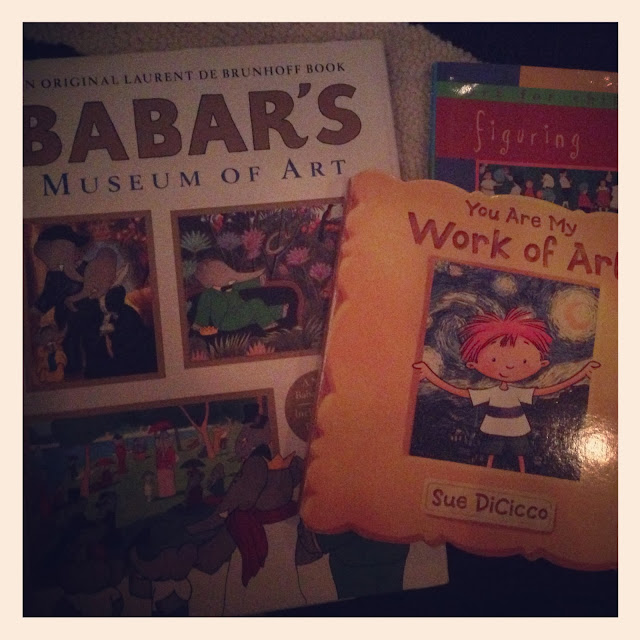In “Learning for Fun: The Unique
Contribution of Educational Leisure Experiences,” Jan Packer explores the idea
of “learning for fun” as the “phenomenon in which visitors engage in a learning
experience because they value and enjoy the process of learning itself" (Packer 2006). She argues that in the “free choice learning” experiences found in a
variety of educational leisure sites (museum, aquarium and national park) it is
a person’s ability to chose that “makes the difference between learning as a chore
and learning as a pleasure” (Packer 2006). Using the theories of economic
experience (Pine & Gillmore), “flow” and “aesthetic encounter”
(Csikszentmihalyi and colleagues), curiosity-driven museum visitor (Rounds) and
various theories related to “intrinsic motivation,” Packer identifies
characteristics of free choice learning in these settings that transforms
learning into “an experience” in which the visitor has the ability lose all sense of time and engage emotional, physically, and cognitively.
Packer offers the following five
propositions gleaned from the research listed above and her own research. Learning
for fun offers “an experience in which education is entertainment, discovery is
exciting, and learning is an
adventure” (Packer 2006). Most visitors within her study perceived learning to
be a pleasant experience and although they may not have visited the site with
the intent purpose of learning something new, they almost always engaged in some
sort of educationally motivated activity. Four conditions were identified by visitors as beneficial
for learning for fun: sense of discovery, appeal to multiple senses,
effortlessness, and availability of choice. Lastly, learning for fun can be a transformative experience. When visiting a
museum, zoo, park, or aquarium, visitors are aware of the opportunity to learn
and find meaning; however, the amount of effort that is required to gain the
knowledge presented can be intimidating, unappealing, or even exhaustive. The
fact that most visitors believe that for them the most learning takes place in an
environment in which the learning seems effortless reinforces the idea that we
want to be entertained and in this entertainment, we are educated. The
entertainment I am referring to is not a passive entertainment. It is active,
one in which we are engaged physically, connected emotionally and cognitively. Our senses are piqued. Our beliefs are reinforced or challenged. Our boundaries pushed.
 |
| Tilda playing with a Color Texture Sorting Rainbow Playmat that she and I made. |
The most prominent example in my
life of learning for fun is my children. My oldest daughter turns everything
into a game. Singing her abc’s is called the “echo game.” She sings and I
repeat (she is always in the lead). Walking down the street is “red light,
green light” as we discuss traffic signs and laws. There are many others I
could cite, but the point is she loves to take the information she is
“learning” and transform it into something else, a game, a song, a rhyme, or a
story. For her learning is fun
because it isn’t forced upon her. It occurs naturally within a familiar setting (by familiar I do not mean always the same, but there is always an element of familiar, a person, a theme, something she already knows about, etc).
Museums, parks, zoos, any
of these educational sites seek to meet the visitor where they are and provide
an experience that fills a void, captures an interest, or just engages in an unexpected way. With my three year old, I am cognizant of her interests and seek out opportunities, activities and experiences that encourage her where she is right now. Tomorrow those interests may be different. Today, she told me her favorite book was A Whale of a Tale from the Dr. Seuss Cat in the Hat Knows a Lot
About That learning series. So, we spent the day talking about porpoises,
dolphins, and whales. Looking up images, videos, and if there had been an
aquarium here we would have planned a trip (unfortunately, the Bass Pro Shop is
the closest thing to an aquarium in Shreveport). Instead of a trip to the
aquarium, we are looking for places to practice echolocation.
Packer concludes that “more than
just affirming that learning is fun,
learning for fun positions learning
as an experience that is valuable for its own sake, regardless of the presence
or absence of learning outcomes” (Packer 2006). My three old loves the process of learning in the environment that I have created for her and thinks nothing of the outcome. As her primary educator (academically,
culturally, socially, emotionally), I am able to capitalize on her current, most prominent
interests in order to make learning seamless and effortless (?) for her. A recurring characteristic of visitors in informal learning research is intrinsic motivation. The most successful learners have a positive disposition toward learning. Creating this attitude toward learning begins at a young age. In doing this, we are creating life-long learners who will utilize these educational leisure sites for their personal enjoyment and learning.
 |
| Little "readers" |










